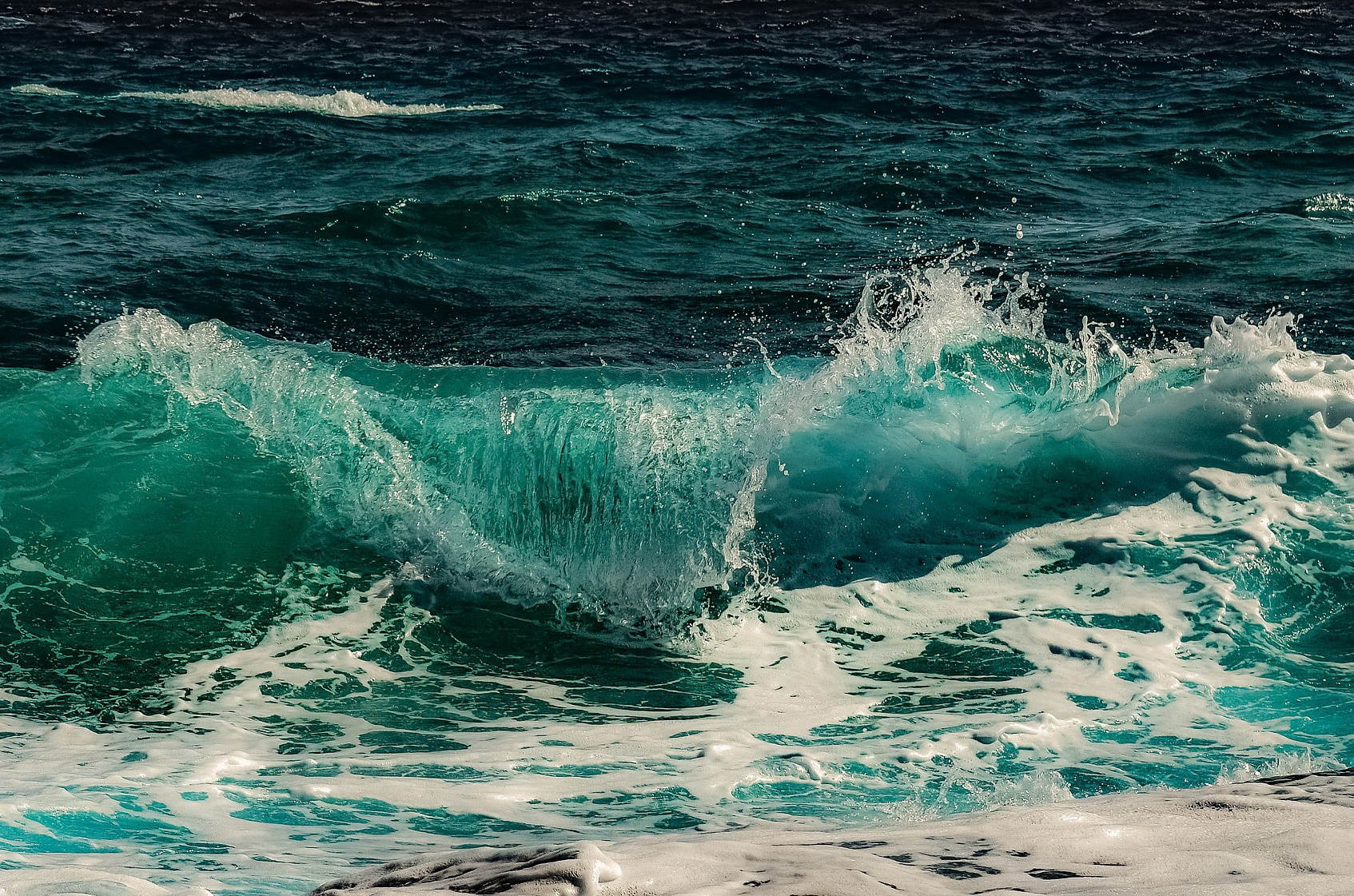«In 2016 ConocoPhillips built a new exploration strategy,” Arild Skjervøy, Exploration Manager in ConocoPhillips Norway, says.
“We focus on countries, basins and plays, with substantial remaining potential and material value propositions that compete in the global portfolio. For Norway, where we have legacy positions and a long-term presence, we can further leverage that knowledge and competence”.
The multinational oil company that discovered Ekofisk in 1969 and Heidrun in 1985, maintained a special focus on four business units for growth; Norway, Malaysia, Alaska and the Lower 48 (the 48 adjoining U.S. states on the continent of North America).
Four years later, in 2020, ConocoPhillips was undeniably and by far the most successful explorer on the NCS.
GeoPublishing and Wittemann E&P Consulting have therefore unanimously chosen ConocoPhillips Norway as “Explorer of the Year (2020)”.
“Not including the Barents Sea, with several sizable discoveries, such as Johan Castberg, Wisting and Alta, Slagugle – with a mid-point volume of 138 MMboe – Slagugle oil discovery is the third largest on the NCS since Johan Sverdrup was found in 2010. Moreover, the Warka gas discovery – with 120 MMboe mid-point volume – is also top 6 outside the Barents Sea since 2010” (geoexpro.com).
Anders Wittemann, Wittemann E&P consulting

The Slagugle accumulation on the Sør High – with an oil column of 270 meters and possibly 200 MMbo of recoverable oil – appears to be sourced from a deeply buried Spekk Fm due west of the high, according to an interpretation by ConocoPhillips on data from the PGS survey MC3D-HVG2011. Note that the Middle Jurassic prospective sandstones are eroded in this location. Courtesy of PGS, ConocoPhillips and Pandion.
Making use of long-term experience
The American company had two significant discoveries offshore Mid-Norway last year (6507/4-1 (Warka) and 6507/5-10 (Slagugle)), in addition to one small discovery in the North Sea. According to Wittemann E&P Consulting, ConocoPhillips found some 257 MMboe (midpoint value) that makes up 44% of the total discovered oil equivalents in 2020 (588 MMboe).
“We have been here for a long time, actually since 1965 when the first licenses were awarded on the NCS, and built strong competence based on extensive exploration and production both in the North Sea and the Norwegian Sea,” Skjervøy says when asked to explain last years’ success.
Skjervøy emphasizes that ConocoPhillips has a competent organisation built around their operations in Norway that is also very useful to the exploration effort, not the least in the planning and execution of exploration wells.
“In our exploration department we have been very conscious about building a strong organisation with a good mix of experienced and early career staff. While the exploration team only counts less than 30 people, many of our GGRE [geology, geophysics, reservoir engineering] personnel have had the advantage of rotating within a large organisation, with a multitude of tasks related to both exploration and production. In addition, we benefit from expertise and knowledge transfer in our global organization,” Skjervøy says.
Skjervøy further explains that their exploration efforts – making the two largest discoveries last year – made use of new modern broadband seismic data, but also involved the entire toolbox, including both geological and geophysical techniques.
Searching for material discoveries
“We are true to the exploration strategy selected 4 years ago,” Skjervøy says.
“We want to explore in areas where we know the petroleum system is working and that have an infrastructure with producing fields and pipelines.”
“In addition to this, we need to convince ourselves that there is a remaining potential for making sizable discoveries. While small finds certainly are of interest when made close to existing assets, we are focused on making material discoveries,” Skjervøy goes on.
Acceptable risk
“We do believe that there is a significant remaining potential both in the North Sea and the Norwegian Sea. In these areas we are confident that we can find a good balance between material valuable prospects with an acceptable geological risk and potential discovery volumes with competitive cost of supply” Skjervøy says.
The company’s strong belief in the NCS is based on their own regional mapping and analyses, including play fairway mapping, but the company also relies on strong relationships with license partners, data providers and outside consultant expertise to further its strategy.
“We value the input from our partners and suppliers and want to thank all of our partners for constructive collaboration in licensing rounds, the planning and execution of our 5 exploration wells in 2019-20, as well as the ongoing planning work for future activity” says Skjervøy.
ConocoPhillips is certainly a company to watch closely the coming years.

The ConocoPhillips operated Slagugle and Warka discoveries are located in the Norwegian Sea.
A local deal maker
“A total of 27 wildcat were drilled on the NCS in 2020. The outcome was 11 commercial discoveries that found some 588 MMboe (mid-point value);” says Anders Wittemann with Wittemann E&P Consulting.
Wittemann emphasizes that ConocoPhillips was undeniably the most successful operator with proving 257 MMboe that makes up 44% of the total. Equinor ended up on second place with 120 MMboe while Neptune Energy found roughly 92 MMboe.
Apart from those 3, Wintershall DEA, MOL and Aker BP found 119 MMboe.
Wittemann also notes that ConocoPhillips’ business development activity has contributed to the successes, for example taking operatorship with PGNiG for the PL1009 Warka licence application, regrouping the PL891 Slagugle partnership when AkerBP and PGNiG dropped out and bringing Pandion in.
“ConocoPhillips has managed to combine being a global major oil company and a local, nimble operator and deal maker on the NCS,” Wittemann concludes.
To this we would like to ad that this success story proves the importance of a diverse geoscience community in which different companies with different people and strategies pursue different ideas and have different de-risking.




